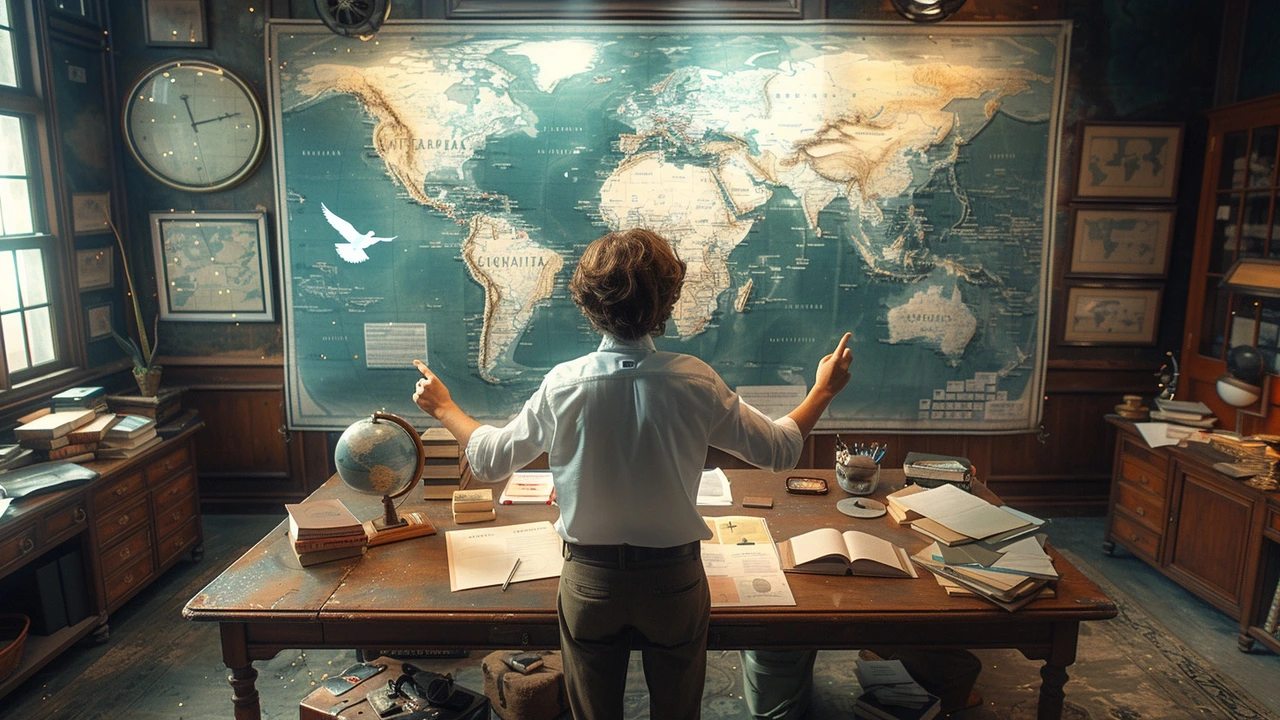Ever wonder what happens after the headlines fade? Peacekeeping teams often stay when the cameras leave, helping communities turn away from violence and toward normal life. This page collects stories and analysis that show how peacekeeping actually works on the ground — not the ideal, but the practical things that save lives and rebuild trust.
Peacekeeping isn’t just soldiers in blue helmets. It includes civilian experts, police trainers, medics, election monitors, and engineers who fix roads and water systems. Their day-to-day work looks like patrolling to deter attacks, escorting aid convoys, mediating local disputes, removing mines, and training local police so communities can stand on their own.
Want examples? Read pieces like “The Quiet Warriors: A Deep Dive into Global Peacekeeping Efforts” for frontline stories, or “The Humanitarian Quest: Expanding the Horizons of Peacekeeping Missions” for how missions handle civilians’ basic needs. For strategy and long-term impact, check “The Resilient Core of Peacekeeping Operations: Strategies and Impact.” Each article shows a different part of the same picture: peacekeeping is practical and often messy, but it delivers measurable results.
Clear mandates and local partnerships matter. When missions know exactly what they're allowed to do and work with local leaders, they prevent spikes in violence and protect civilians more effectively. Practical tactics that pay off include community patrols, quick-response teams for violent incidents, and visible support for local courts and police. Technical tools like demining equipment, mobile health clinics, and basic mapping systems add big value in fragile places.
But there are problems. Politics can limit action, funding gaps slow projects, and rules of engagement sometimes tie peacekeepers’ hands just when decisive action is needed. Missions also struggle when armed groups don’t respect peace agreements or when local institutions are too weak to take over. Honest reporting in articles like “Unveiling the Complex World of Modern Peacekeeping: Insights and Challenges” shows both success stories and these limits.
If you care, read eyewitness accounts such as “Celebrating the Courage of Peacekeepers: Personal Tales of Heroism” and analysis pieces like “Essential Strategies for Peacekeeping in Conflict Management.” Share reliable stories, support NGOs that work on the ground, and urge leaders to fund well-planned missions. Even small actions — donating to demining groups, backing humanitarian relief, or pushing for accountability — help turn short-term safety into longer-term stability.
The power of peacekeeping comes from persistent, practical work: protecting people today while building institutions for tomorrow. Browse the posts on this tag to see real examples, lessons learned, and updates from missions worldwide. If you want clearer answers about a specific mission or tactic, pick an article and start there — each one pulls a different thread of how peace is made and kept.

As a passionate follower of global events, I've seen how critical peacekeeping is to post-war reconstruction efforts. This blog post delves into the power of peacekeeping in rebuilding countries and societies torn apart by war. We'll explore how organized peacekeeping activities can contribute to economic, social, and political recovery. Trust me, you'll have a whole new respect for peacekeepers and the invaluable work they do after reading this.
